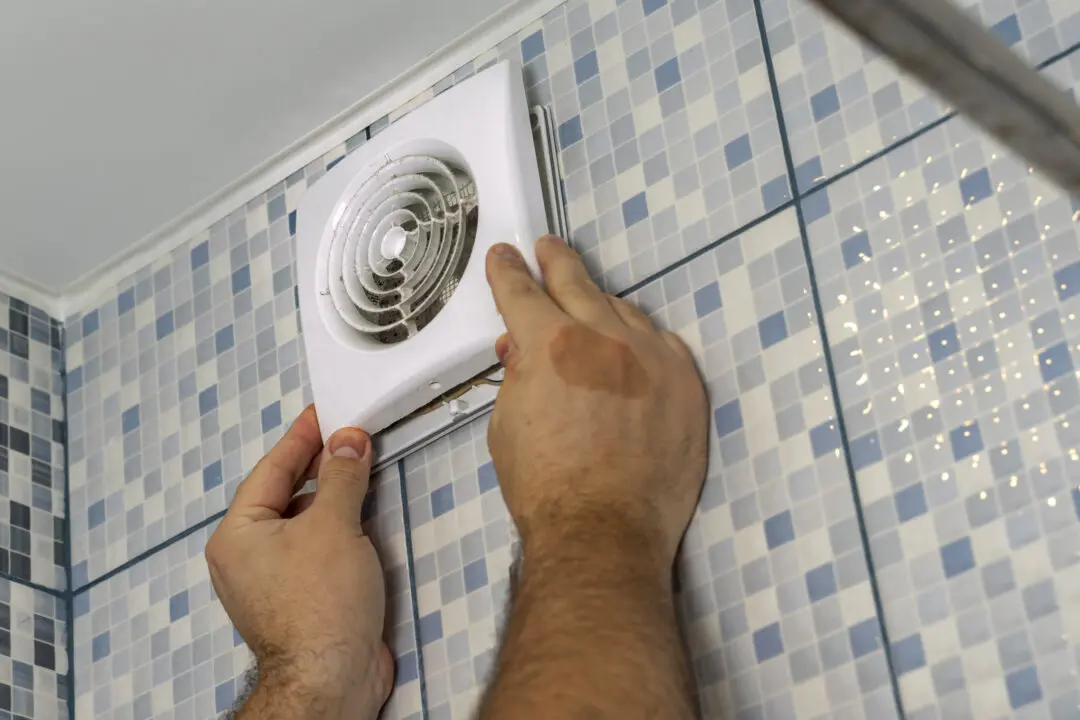By Paul F. P. Pogue
From Ask Angi
For homeowners who like the warm and cozy aesthetic of a fireplace but can’t or won’t go to the hassle of installing a chimney for a wood-burning or gas fireplace, an electric fireplace provides a fine alternative. Although electric fireplaces don’t provide heat, or at least any more heat than a traditional light bulb, they still give the flickering light, glow and visual warmth of a traditional fireplace and can serve as a centerpiece for a room design.






